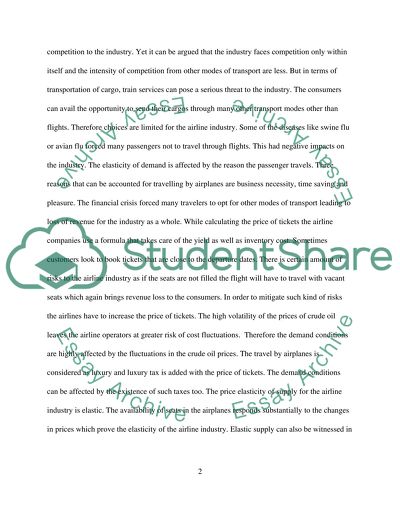Cite this document
(“Economic Profile of the US Airline Industry Research Paper”, n.d.)
Retrieved from https://studentshare.org/macro-microeconomics/1464146-economic-profile-of-the-us-airline-industry
Retrieved from https://studentshare.org/macro-microeconomics/1464146-economic-profile-of-the-us-airline-industry
(Economic Profile of the US Airline Industry Research Paper)
https://studentshare.org/macro-microeconomics/1464146-economic-profile-of-the-us-airline-industry.
https://studentshare.org/macro-microeconomics/1464146-economic-profile-of-the-us-airline-industry.
“Economic Profile of the US Airline Industry Research Paper”, n.d. https://studentshare.org/macro-microeconomics/1464146-economic-profile-of-the-us-airline-industry.


